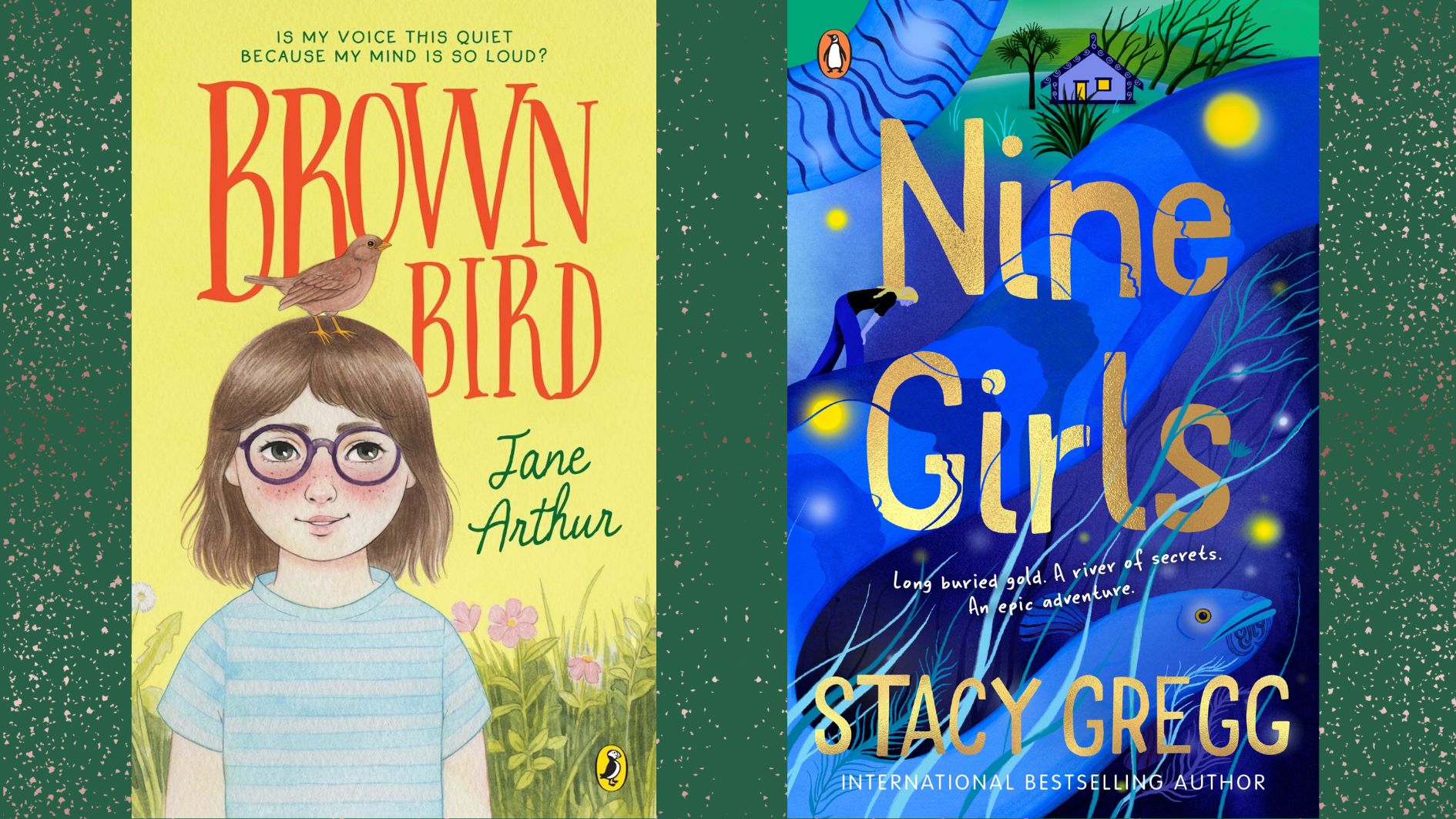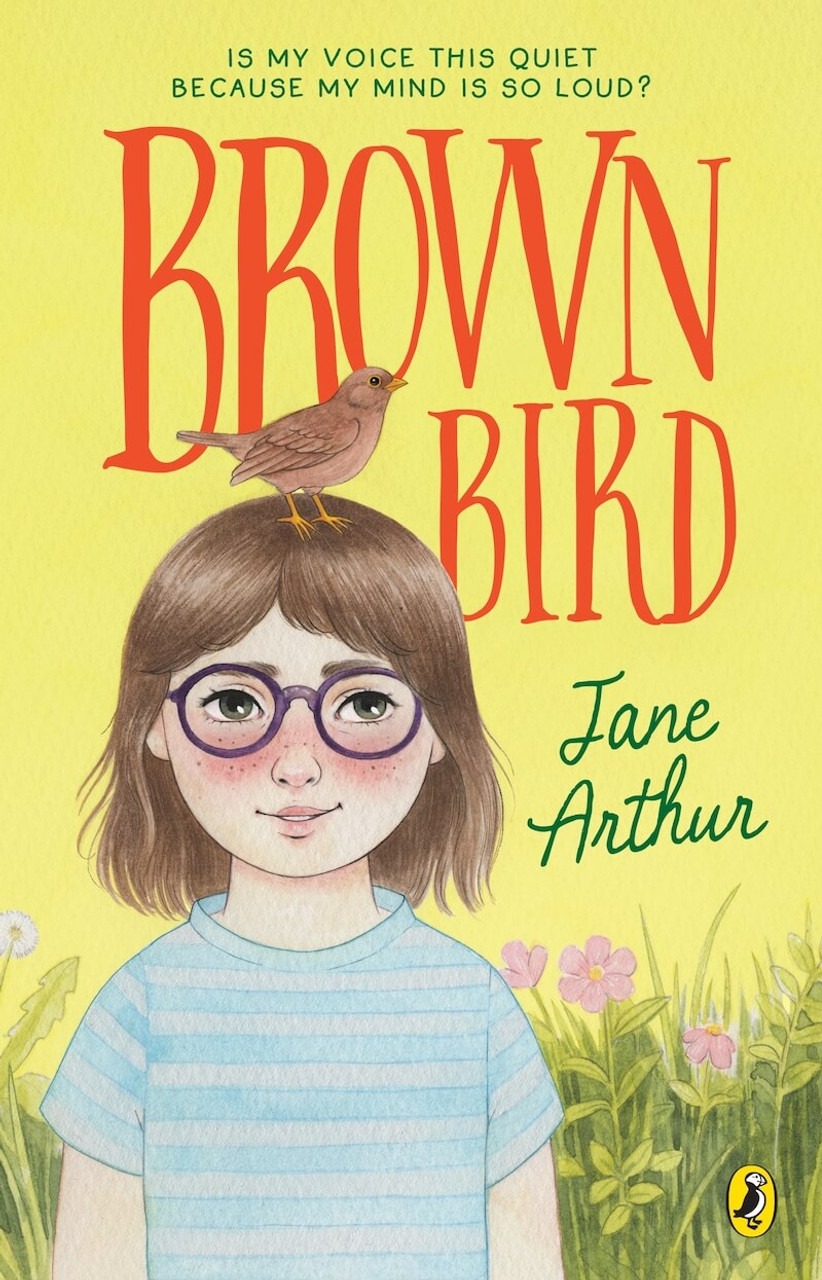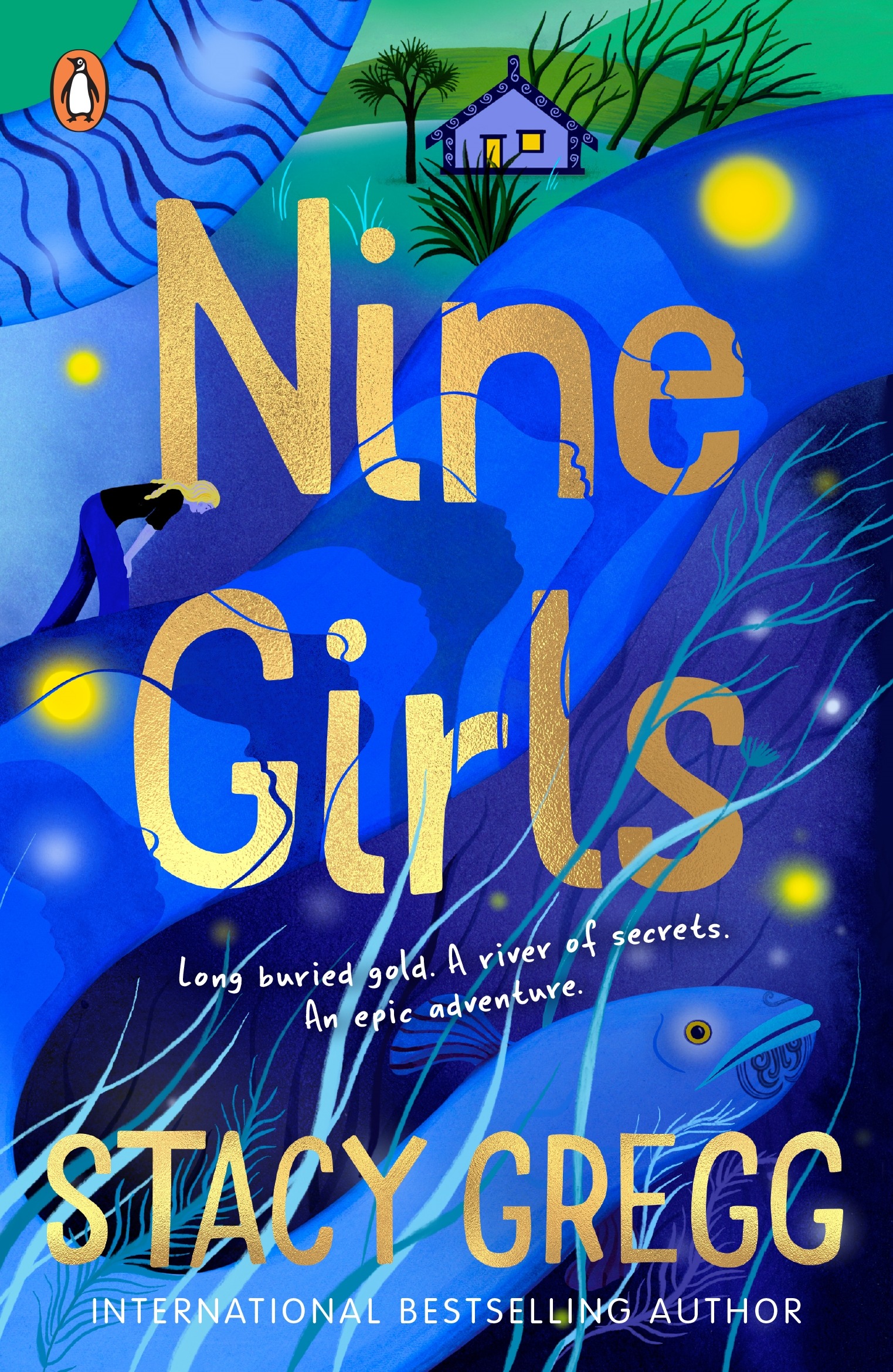Author Cassie Hart reviews two new and deeply personal middle grade reads: one about a shy kid who learns that they might not just be “the sole weirdo on the planet” and a coming-of-age historical fiction that dives into race relations in the 1970s and 80s.

Brown Bird, by Jane Arthur (Penguin Random House)
Did other people have so many thoughts in their heads all the time like that, so many they still buzzed around at night-time? Or did I have more thoughts than normal people because I didn’t talk much?
Rebecca is not your average main character, but she is certainly representative of a lot of kids who don’t see themselves in books very often. Brown Bird does an amazing job of letting the reader into Rebecca’s overwhelming and sometimes crippling thought process, without it being too much—even though we can see that for Rebecca, and others like her, it often is too much on a regular basis.
I was one of those kids. I’m one of those adults who still struggles with a brain that overthinks and overwhelms, and even though I know it’s okay and it doesn’t make me bad or wrong, it’s still lovely to read a book where a character who feels this much and thinks this intensely is the focus.
I loved all the characters in the book, so many of them reminiscent of your typical Kiwi neighbourhood
Rebecca’s quiet summer plans to read and relax are interrupted by a boy around her age who has come to stay with his aunt next door. Chester is loud and busy, always looking for new ways to entertain himself. He immediately draws Rebecca into these plans, despite her reservations.
They genuinely have a lovely time together and she is pushed out of her comfort zone in so many ways that it really helps her to grow as a person and realise that she is safer in the world than she originally thought.
The problem is that she is so caught up in her own head that she sometimes neglects to consider how Chester is feeling. His mother is very sick, but she almost never thinks about that or asks about it, instead, thinking mostly about herself. I really appreciated this flaw in the character because I think even people who don’t struggle with an overactive brain can get too caught up in their own stuff to see what is happening around them.
This is also a great book for showing that our anxieties and worries come out in different ways—Rebecca is mostly in her head about things, lying awake and over thinking, letting it bother her endlessly, while Chester throws himself into life and busyness, keeping himself occupied so that he doesn’t have time to think about the fact that his mother is ill and might die. I think it deals with this in such a beautiful way, keeping the reader quite grounded in Rececca’s point of view while also gently hinting at why Charlie behaves the way that he does. It never feels like this is a ‘boys vs girls’ way of being, either, rather they are two very normal approaches to trying to deal with your concerns.
This is also a great book for showing that our anxieties and worries come out in different ways
One character in particular was incredibly reassuring to Rebecca and that was Roxy, a non-binary individual who is gentle and quiet, and also quite introverted. Rebecca is really taken with their art, and begins to think that maybe the way she is isn’t so bad after all—if Roxy can create a life that they love and be themselves, Rebecca begins to see that maybe she can as well.
I loved all the characters in the book, so many of them reminiscent of your typical Kiwi neighbourhood, and showing such a broad swathe of interests and approaches to life from the husband who spends his days at home with his wife out to work, the happily married gay couple, the older women on their own but who help each other out, and the newly arrived family who are still figuring out how to fit in.
It’s a delightful, compassionate book that will warm any reader.

Nine Girls, by Stacy Gregg (Penguin Random House)
Set predominantly in the small town of Ngāruawāhia, Nine Girls is quite a departure from Stacy Gregg’s well known and well loved pony books. The cover promises long buried gold, a river of secrets, and an epic adventure—but does it deliver?
The short answer is, kind of, the longer answer is more complicated.
If I hadn’t read the cover or blurb, based on the first chapters, I’d have thought I was getting a story about a girl adapting to life outside the city she knows and loves, reconnecting with her culture, and the whenua upon which her iwi had stood for so long.
And I would have been really happy to have read that story.
The family moves across the ways from Tūrangawaewae marae, on ‘the wrong side’ of the family tree. Titch has never been to the marae before and that sense of separation from her culture is further defined by her sudden awareness that she is paler than her cousins and uneducated in the ways of te ao Māori.
Here she is the outlier, when back in Remuera, she’d felt like she fit right in.
There is a lot of important historical information in this book, ranging from colonisation and land wars, the loss of te reo Māori and our culture, through to more recent events
I think Gregg adds some really great touches into the book that highlight the cultural time period, such as the mention that Titch’s Nan ‘used to be’ Māori, but stopped identifying that way in order to avoid punishment at school. This is something that actually happened—my grandfather decided to be white, too, because white men are more successful—but also something that many children these days may not know about. The subtle tension about race between Titch’s parents was also really well done.
There is a lot of important historical information in this book, ranging from colonisation and land wars, the loss of te reo Māori and our culture, through to more recent events such as the Springbok Tour in 1981. Nine Girls also blends mythology and reality in a really lovely way, especially with the inclusion of Paneiraira, the taniwha. It is through him that Titch learns the history of her people, and eventually near the end, is brought closer to her marae. It is his job to guide both us, and Titch, on our journey through the past and present.
This is obviously quite a personal book for Gregg, as per the author’s note, with some details of her life shared with Titch. Sometimes it can be hard to mesh what has actually happened with fiction though; you want to be true to history, but you also want to tell a good story.
the writing style is lovely, and a lot of the knowledge in this book is addressed in easy to access ways
Unfortunately, in this case, it felt like a more satisfying story arc could have been enjoyed if the timeline had been kept to just twelve-year-old Titch, rather than extending it to include the Springbok tour of 1981, and then what happens to Titch’s friend in 1983. This last event is the one that really brings Titch to her marae, so it’s really important, but takes the book beyond the normal age range for middle grade readers.
I found there were some other inconsistencies within the story, or things raised but never concluded (such as that long lost treasure, which they kind of gave up on after her Uncle set them up to locate a fake treasure, and also the reasons why an old kuia would be trying to capture Paneiraira), that took away some of my reading pleasure.
All of that said, the writing style is lovely, and a lot of the knowledge in this book is addressed in easy to access ways, which I think are both appropriate and engaging for the age group it’s targeted at. I have no doubt that there will be many readers who devour this and wish that they could stay for longer.


Cassie Hart
Cassie Hart (Kāi Tahu) is an award-winning author of speculative fiction. She lives nestled between Taranaki Maunga and the ocean, where she nurtures children, cats, and story ideas.



